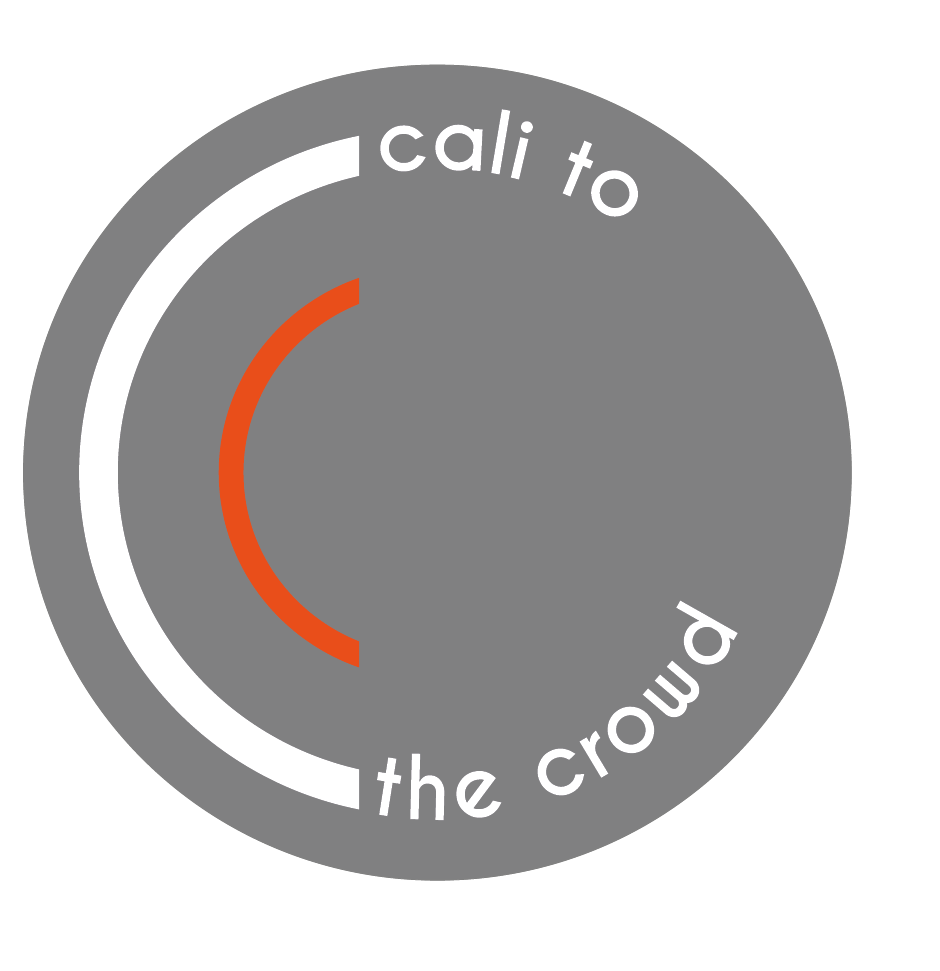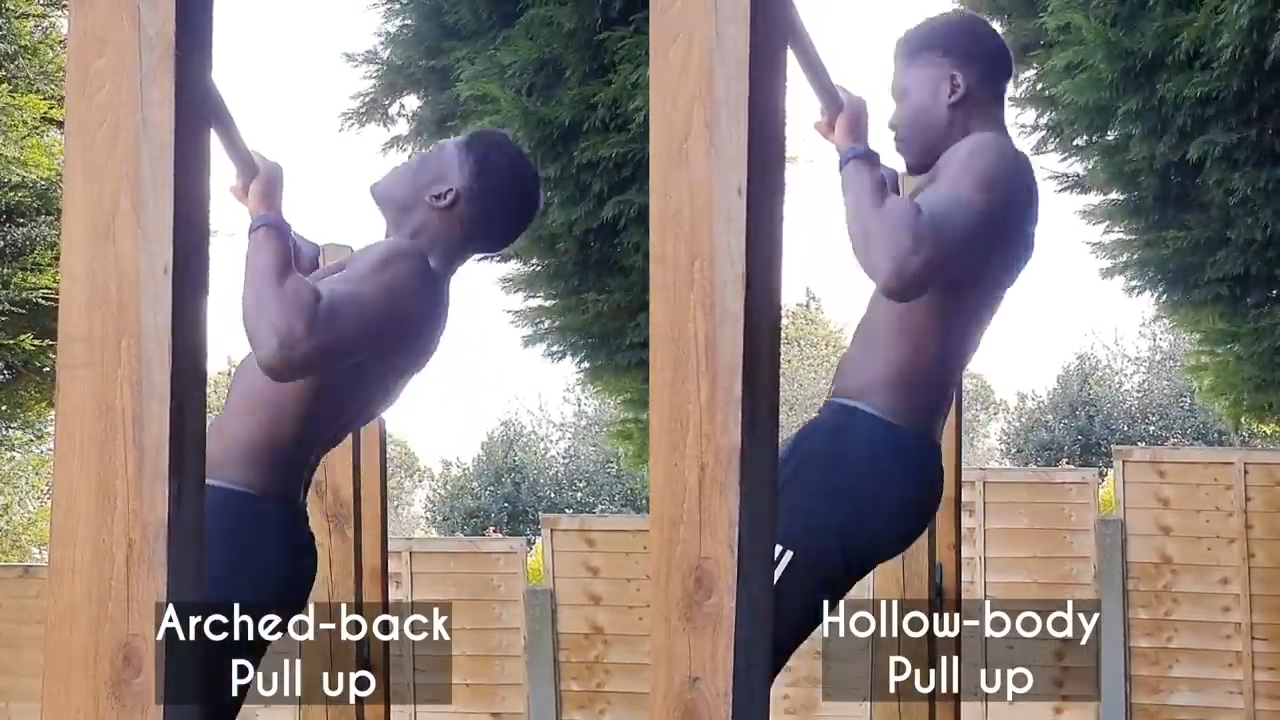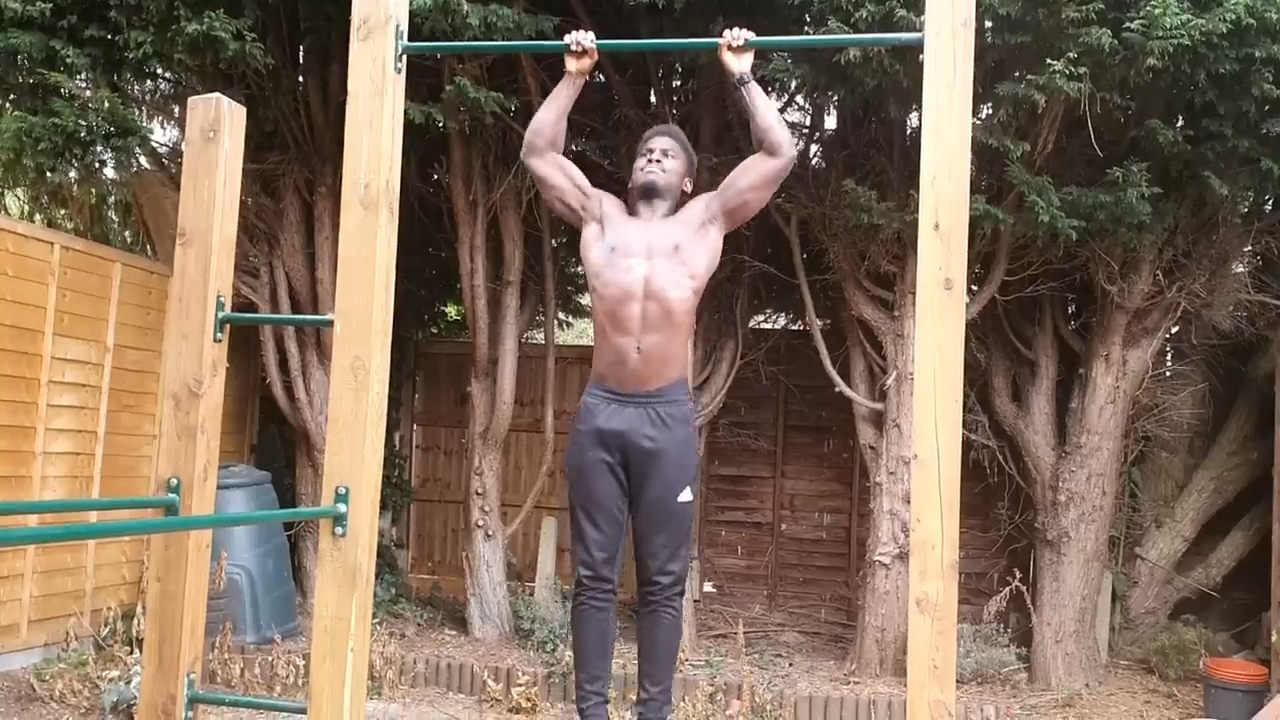Feel Pull Ups In Your Lats (Not Your Arms)
”If you can only feel Pull Ups in your arms, then your back isn’t pulling its weight… literally”
Pull ups are chief among upper body exercises.
They expand pulling strength like no other exercise can and develop almost all of the muscles in the back, but what if you can't feel pull-ups in your lats?
We may feel our arms working furiously, but get nothing from the larger back muscles that we would like to work… Today we'll be chatting through how to engage our back in pull-ups let's get into it
Are you doing the right type of pull up?
Before we dive in it's prudent to understand what sort of pull-up we're doing, because how we do this exercise can affect the muscles worked in the pull-up.
I recommend beginners first learn the arch back pull up, as this engages more of the larger back muscles, and there are a series of cues and common mistakes that stop us from feeling the back during arched-back pull-ups
Form Cue 1: Bend the Bar
The first cue that we need to address is to do with our starting position because how we initiate the pull-up will influence the muscles we work throughout the full rep.
From your dead hang visualize bending the bar down towards yourself this will already likely make you feel more of your back.
Form Cue 2: Don’t Hunch
Another common mistake is to internally rotate the shoulders throughout the rep to compensate for the difficulty of the pull up particularly at the top this actually further puts our back muscles at a disadvantage to create the force that we need to drive the pull-up movement
Dead hang vs Active Hang in pull ups
Instead of hunching over, at the start of your pull-up move from a dead hang to an active hang where we aim to retract and depress the scapula until the end of the rep. This turns our upper back - and especially our shoulders - into the stable base that we need to perform the pull-up.
Cue 3: Flared Elbows
One of the reasons why you can't feel your lats engaged during your pull-ups is because you're flaring your arms out to the sides.
By laterally flaring the elbows we encourage the arms to take over the job that our back should be doing.
Here we can literally see how much more my arms are having to work to do a pull-up
Instead, try to keep your forearms parallel with each other.
Not only is this more efficient but you may find that you're able to do significantly more pull-up reps immediately by making this one single change.
Pull Up Range of Motion
Our range of motion may also be a reason preventing us from engaging our lats during pull-ups.
Substandard rep range - or worse - bouncing reps can be the culprit when it comes to understanding why our back is not engaged during pull-ups.
By fully elevating our scapula at the bottom of the pull-up we get a deep stretch on the lats. And we know that lengthening a muscle under load is how we best grow them, but we also want to fully contract at the top of the wrap as well, and it’s for this reason why I recommend doing pull up isometrics to better understand how to replicate this contraction in your back this can then be the target we look for at the top of every rep of a pull-up.







